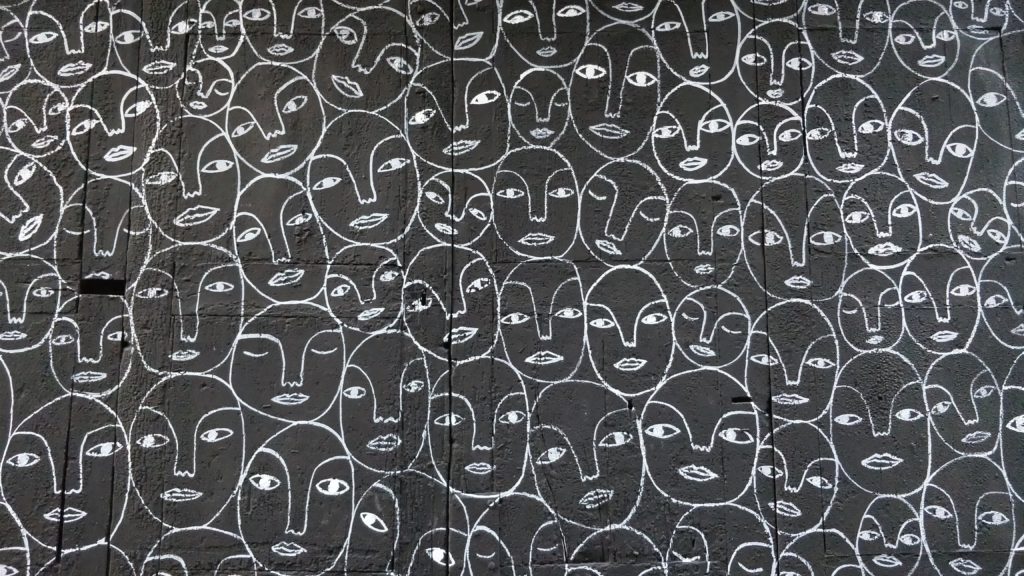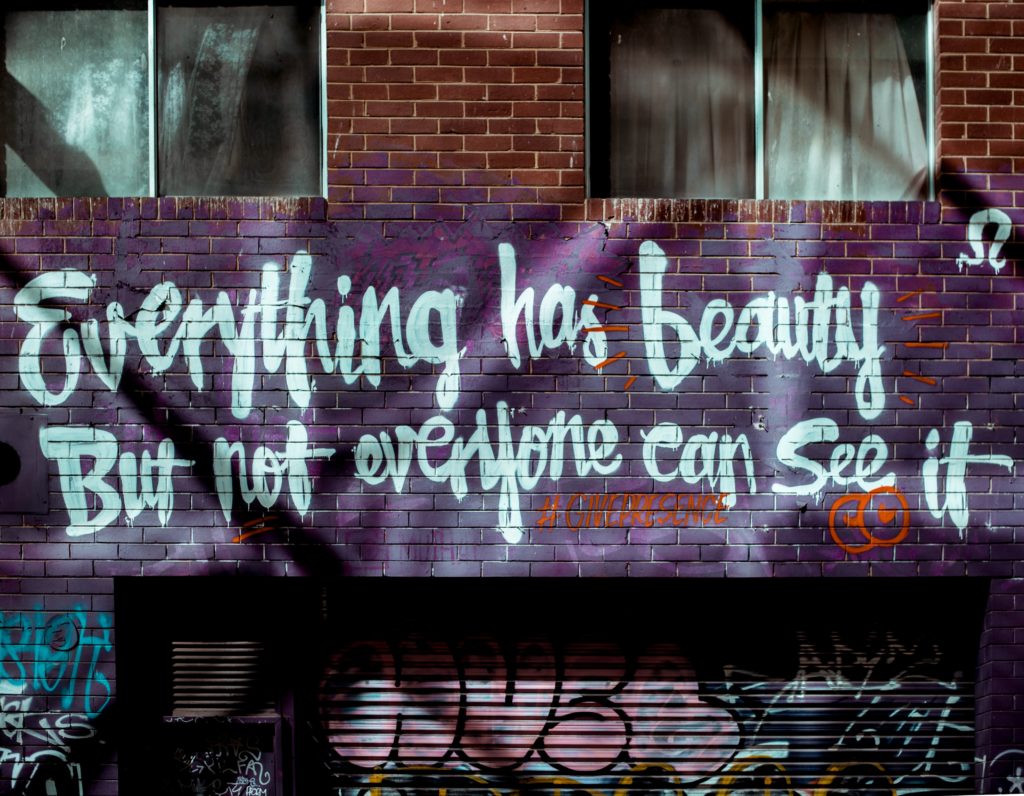In a society that values individualism, we don’t always seem to value that which makes us individuals.
The question is ‘why’?

Photo by Mahdi Bafande on Unsplash
It stems from the irony of human nature. We like to be viewed as unique, while we also want to feel like we fit in. We like to think of ourselves as independent thinkers, but we fail to realize how outside social forces influence us.
Effective Leadership
To be an effective leader today, we must be aware of these contradictory elements of human nature. We must seek to understand how two different people can read the same legal brief, watch the same movie, or attend the same board meeting, yet walk away with completely different interpretations.

Understanding Difference
Social awareness is an understanding of how social life, social structures, and human behaviors shape society. It is also a way of thinking. Using social awareness enables us to see things from another’s perspective and to put ourselves in someone else’s shoes. It empowers us to connect the dots between individual experiences and larger systemic patterns. And it is a tool to reveal how our own lived experiences shape our view of the world while also showing us the limits of our own lens.
Over the past few blog posts, I introduced the importance of developing social and self- awareness by discussing thoughts and behaviors that we take for granted. I focused on the systemic patterns of autopilot, the implications of unquestioned beliefs, and the impact of unconscious bias.
The Key to Navigating Shyfting Social Dynamics
Over the span of my career, I found awareness to be the key to understanding why different people think, act, and respond differently. I also find it to be the key to developing empathy and compassion. Without awareness, we cannot be the type of leader that is needed today. It empowers us to question why things are the way that they are, to uncover blind spots, and to consciously choose to overcome barriers.
Change is Here to Stay
As we look around us, it is not hard to notice that things are changing. The question is how should we adapt? How can we capitalize on the reality of shyfting social dynamics? How can we embrace awareness to help us succeed?
Essential Skills for Effective Leadership
Effective leadership requires compassion and wisdom, vulnerability and trust, along with the ability to reevaluate thinking. But no one can lead with these essential skills without a foundation in social and self-awareness. Leaders must first understand why they think, act, and respond the way that they do to develop vulnerability and trust. And they must seek to understand why others think, act, and respond differently in order to exhibit empathy and compassion.
-

Photo by Annie Spratt on Unsplash -

Photo by Brett Jordan on Unsplash -

Photo by S O C I A L . C U T on Unsplash
Meaningful Leadership is Effective Leadership
Social awareness is essential for meaningful leadership. And it is essential for creating sustainable change. Yet it is often missing from traditional leadership development and training programs. Too many trainers and facilitators don’t have a background in sociology or an in-depth understanding of “social life, social change, and the social causes and consequences of human behavior.”
Shyfting Ideologies and Expectations
Studying society and human behavior allows us to better understand how workers’ ideologies are shyfting, and how ours must as well.
Recent research shows us evidence of those shyfting ideologies. Pay and working from home are no longer the panacea for worker retention. Workers want to feel valued and appreciated. They want opportunities to learn, grow, and advance in their careers (McKinsey and Company, 2021). They want to be able to be their authentic self at work and feel like they fit in. But “fitting in” is not about hiring people that are all alike. And it is not about creating a “family-like” work environment (The Toxic Effects of Branding Your Workplace a Family). Fitting in is about actively creating an environment of inclusion and belonging that recognizes and appreciates diverse perspectives, personalities, and backgrounds.
In order to lead effectively in the 21st century, we must embrace our ability to build awareness as an asset to shyft the status quo. We must seek to understand our own perspectives and question them. While we also develop a deeper understanding of why society operates as it does and why individuals think, act, and respond differently.
Building Awareness: 5 Questions to Contemplate
As you close out 2021, and plan for 2022, contemplate the following five questions to start building your social awareness to become a better leader.
- How can you deepen your understanding of what motivates your team (co-workers)?
- How can you show your staff that you value their unique contributions?
- How can you offer more flexibility by fostering an environment of trust?
- How can you provide more opportunities for people to learn, grow, and advance?
- How can you create a workplace culture where everyone has the opportunity to thrive?
I cannot wait to see how you embrace awareness!
Cheers, KHS

By Kristin Heck Sajadi, Founder and CEO at Shyft Strategies, LLC
Sajadi is a sociologist, entrepreneur and developer of the Shyft5 TM program – helping individuals and organizations build social and self-awareness as an asset to shyft the status quo.
Shyft5 TM program tackles challenges and builds awareness—the benchmark for effective communication, productive interaction, and thriving cultures in today’s organizations.
At Shyft Strategies, we help you uncover the unconscious thinking and actions that create obstacles and barriers. We help you navigate today’s new business and human capital reality. The first step to moving forward is increasing awareness. Awareness isn’t just learning a new fact or statistic. It is connecting the dots between the reality of what is and why, so that we can consciously and cognitively shyft to what can be and how.

